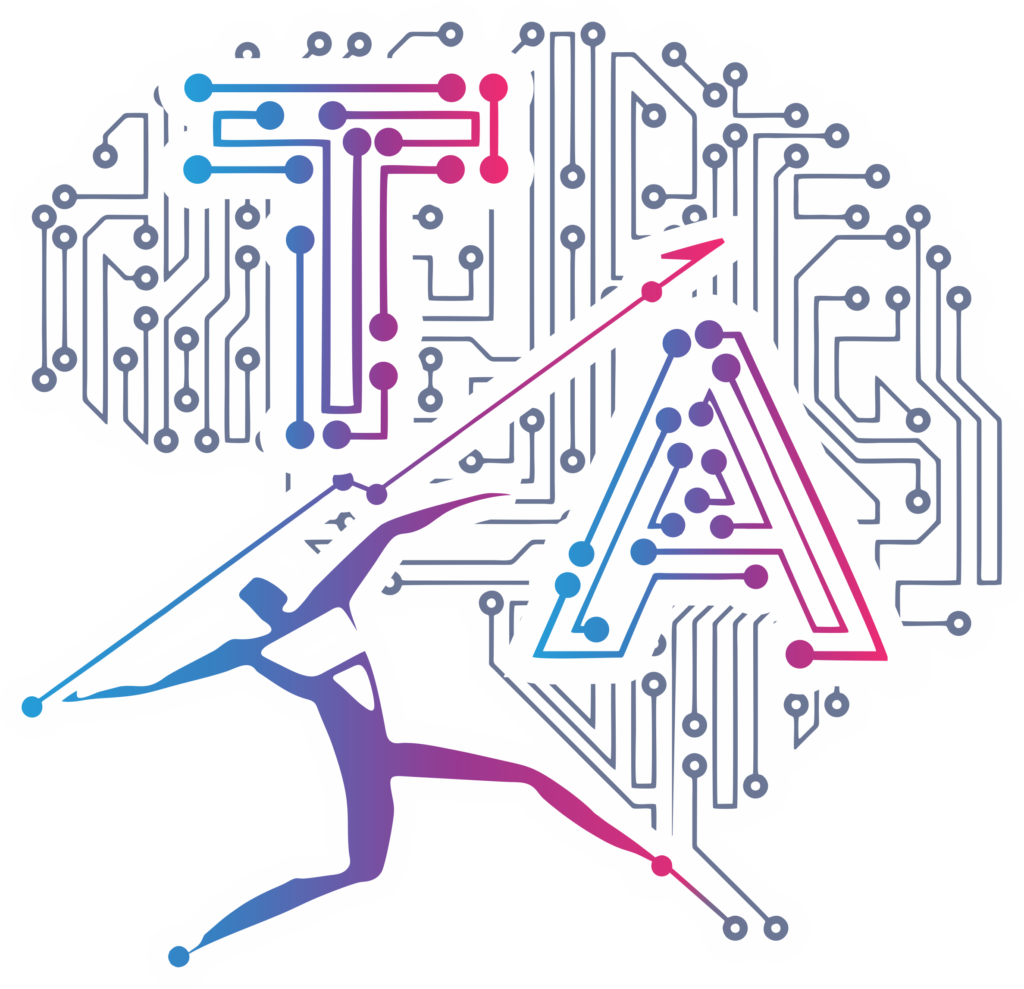Hey there! Are you ready to dive into the world of Python programming? Great choice! Python is a versatile and powerful language that can be used for a wide range of applications. Whether you’re a beginner or an experienced developer, this guide will walk you through the steps of installing Python on different operating systems. So, let’s get started!
Installing Python on Windows
Installing Python on Windows is a breeze. Follow these simple steps to get Python up and running on your Windows machine:
- Download Python: First, head over to the official Python website at www.python.org and navigate to the downloads section. Choose the latest stable version of Python that matches your system architecture (32-bit or 64-bit). Click on the download link to get the installer.
- Run the Installer: Once the installer is downloaded, locate the file and double-click on it to run the installation wizard. Make sure to check the box that says “Add Python to PATH” during the installation process. This will enable you to run Python from any command prompt window.
- Customize Installation (Optional): The installer also gives you the option to customize your Python installation. You can choose the installation directory, select additional features, and add Python to the system PATH manually if you didn’t check the box earlier.
- Complete the Installation: After customizing the installation (if desired), click on the “Install Now” button to begin the installation process. The installer will copy the necessary files and set up Python on your Windows machine.
- Verify Python Installation: To ensure that Python is installed correctly, open the command prompt and type
python --version. If you see the Python version displayed, congratulations! You’ve successfully installed Python on Windows.
Installing Python on Mac
If you’re a Mac user, don’t worry, installing Python on your system is a piece of cake. Just follow these steps:
- Download Python: Start by visiting the official Python website at www.python.org and navigate to the downloads section. Choose the latest stable version of Python for macOS and click on the download link to obtain the installer package.
- Run the Installer: Locate the downloaded installer package (usually in your “Downloads” folder) and double-click on it to launch the installation wizard. You may be prompted to enter your administrator password to proceed.
- Customize Installation (Optional): Similar to the Windows installation process, the Mac installer allows you to customize your Python installation. You can choose the components you want to install and customize the installation location if desired.
- Complete the Installation: Once you’ve made your customization choices, click the “Install” button to start the installation process. The installer will copy the necessary files and install Python on your Mac.
- Verify Python Installation: To verify that Python is installed correctly, open the Terminal app (found in the Utilities folder within the Applications folder) and type
python3 --version. If you see the Python version displayed, congratulations! Python is now installed on your Mac.
Installing Python on Linux
For all the Linux enthusiasts out there, here’s how you can install Python on your favourite Linux distribution:
- Check Python Availability: Most Linux distributions come with Python pre-installed. To check if Python is already installed on your system, open the terminal and type
python --version. If a version number is displayed, you’re good to go. If not, proceed to the next step. - Package Manager Installation: Linux distributions typically provide Python through their package manager. Open the terminal and use the appropriate package manager command based on your distribution:
- Ubuntu/Debian:
sudo apt-get install python3 - Fedora:
sudo dnf install python3 - CentOS:
sudo yum install python3
python3withpythonin the commands. - Ubuntu/Debian:
- Verify Python Installation: After the installation is complete, verify that Python is installed by typing
python3 --version(orpython --versionfor Python 2) in the terminal. If the Python version is displayed, you’ve successfully installed Python on Linux.
And there you have it! Python is now installed on your Windows, Mac, or Linux machine. You’re all set to start writing Python code and exploring this language’s vast possibilities.
Remember, learning Python is an exciting journey filled with creativity and problem-solving. Take your time, experiment, and don’t be afraid to ask questions. Happy coding!


